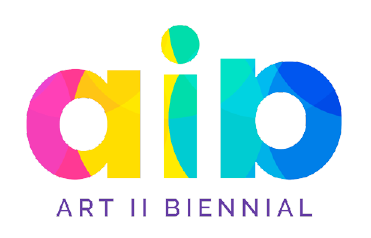Kristaps Gulbis
Cacheart. Is this one real?
See also
Antti Ylönen
Antti Ylönen is a sculptor living in Ii and one of the founding members of the KulttuuriKauppila Art Centre. The work is based on the idea of a sundial. The burnt logs connect it historically with the origin of KulttuuriKauppila. The logs date back to the old school which was located in the place of the art centre before it burned down. The logs have now returned to a new era and a new function.
Jaakko Pernu
Jaakko Pernu has been working with natural materials since 1988. His works often deal with the relationship between humans and nature. The starting point for the work ET was the material the artist uses in it. The body of the work is made of a larch tree trunk that his friend gave him several years ago. However, the person in question, who was called ET by the inner circle, passed away the same year. Pernu wanted to keep his memory alive by naming the work after him.
Birgitta Linhart
Birgitta Linhart has followed the pathway of the horrible story in the history of Ii of chaplain Matias’s death in the late 16th century. However, the work integrates with a different story as well. The imprint in the stone is part of the serie Meeting places -between humans and nature. Stargate is a place to go through into the nature that are surrounded by magical powers.
Vladimir Durnev
Vladimir Durnev created an environmental sculpture in Ii which is dedicated to a mythological story in Komi folk tradition about the cosmogonical swamp. In the story, two frog brothers, Jen and Omel, lived in the swamp. As they were trying to run away from mosquitoes, the brothers decided to move higher on the mound, but as a result, they fell down, broke their bones and turned to humans. Jen created the sun and all the good things, whereas Omel created the moon and all the bad things.
Zilvinas Landzbergas
With the sculptural piece My sister Zilvinas Landzbergas aims to shape a place that would tell a short and at the same time endless story from the past. People may forget things, but trees remember and carry memories with them.
Margrethe Pettersen
Margrethe Pettersen’s works often combine botanical, historical and mythological approaches. She usually works with narratives of plants or growths, and her works relate to the site, area or its people. Word ‘agálašvuodajurdda’, which is formed by using plants, means the idea of eternity in the Sámi language. The work utilizes only edible plants such as berry bushes and herbs, and the artist wishes that people would pick and use them.
Timo Toots
Timo Toots, a courageous and critical interpreter of the field of contemporary art in Estonia, built a surveillance system for ants in Ii. The installation is an over-the-top version of a nature camera: microphones, sensors, and a camera observe the little society of the ants. The work shows us the direction in which the human society is going with uncountable surveillance systems controlling the way people live. With the push of a button the viewer becomes an agent of the personal surveillance agency.
